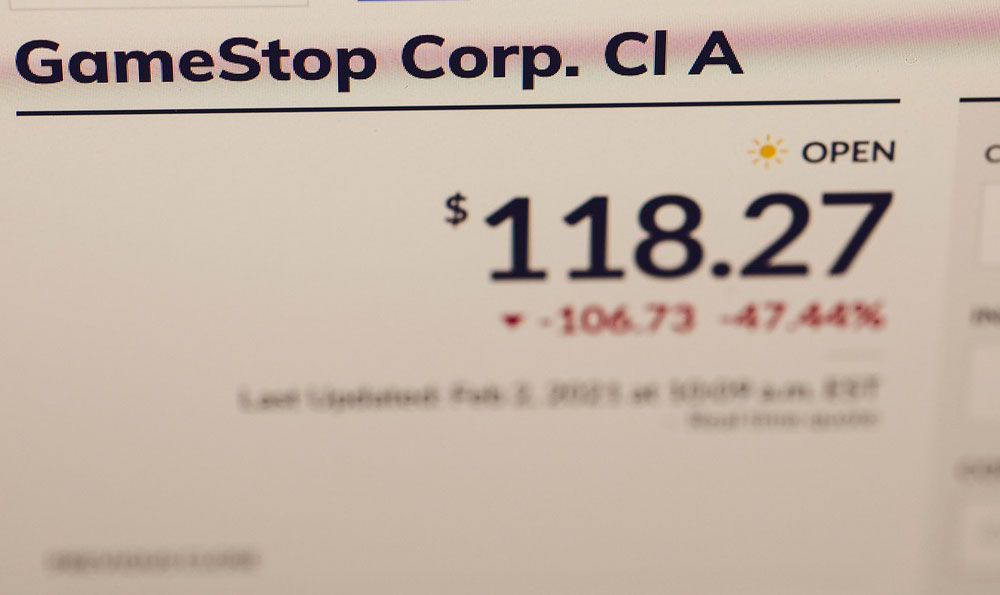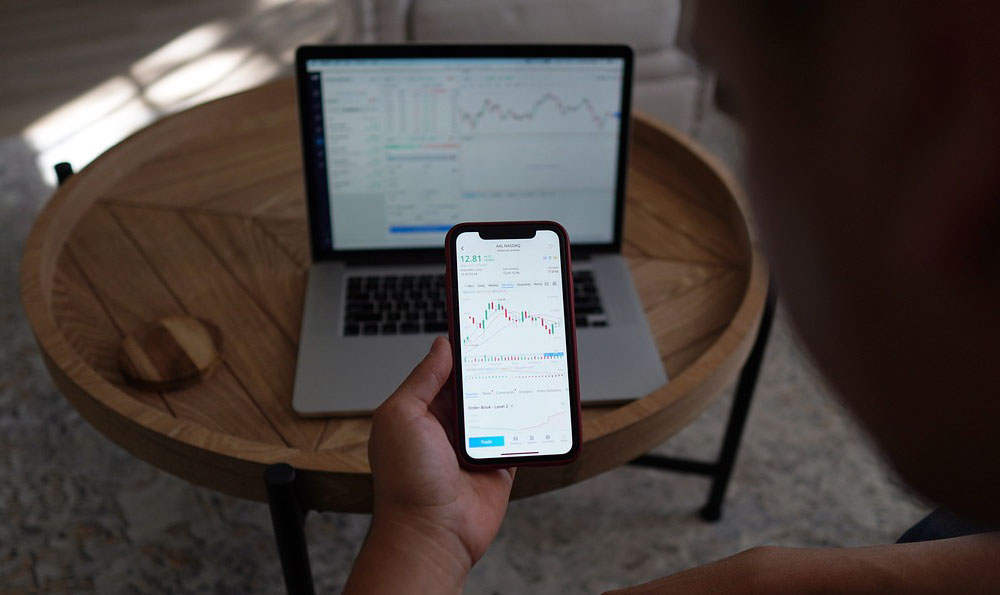How Much Money Can You Earn With Instacart?

Instacart has become a prominent player in the on-demand delivery market, connecting consumers with local grocery stores and enabling a diverse range of individuals to generate income through its platform. For both delivery partners and merchants, the financial opportunities offered by Instacart depend on several variables, including geographic location, operational strategies, and market demand. Understanding how income is generated through Instacart requires a closer look at the ecosystem it supports, the factors that influence earnings, and the practical considerations for those seeking to participate in this model.
The core of Instacart’s revenue model is built around a commission-based structure, where the app facilitates transactions between users, merchants, and delivery professionals. Delivery partners, who act as the intermediaries between customers and stores, are compensated through a combination of platform fees, customer gratuities, and incentives tied to performance metrics. These factors often create a dynamic income stream that can fluctuate based on daily activity, regional demand, and the competitiveness of the market. For instance, delivery partners in high-population urban areas may see more frequent orders due to greater consumer proximity, while those in suburban or rural regions might experience lower volumes but higher per-order earnings. Additionally, the platform’s reward programs, such as the referral bonuses and login incentives, further contribute to the financial versatility of Instacart for individuals.
Merchants who partner with Instacart also benefit from the platform’s reach, as it provides access to a vast customer base and streamlines the process of accepting orders. A portion of the proceeds from each transaction typically goes to the platform, while the remaining amount is split between the store and the delivery partner. This model creates mutual advantages, allowing retailers to expand their customer engagement without significant overhead costs, while enabling delivery partners to access a steady flow of income. However, the profitability for merchants can vary widely depending on their own pricing strategies, operational efficiency, and the level of competition within their local market.

The scope of income opportunities within Instacart also reflects the diverse needs of users, from supplemental income for part-time workers to full-time employment for those seeking a flexible work environment. The platform allows for a scalable business model, where individuals can adjust their working hours based on availability and financial goals. For example, a delivery partner might choose to work during peak hours to maximize earnings, while a professional seeking a more consistent schedule could opt for a guaranteed income plan. This flexibility is one of the main draws for users looking to leverage Instacart’s services to generate additional revenue.
While Instacart offers tangible income opportunities, several factors influence the actual amount earned by participants. These include the number of orders fulfilled, the distance traveled, the time spent per delivery, and the platform’s commission rates. Additionally, the revenue model for Instacart can shift depending on the specific needs of the market. For instance, during periods of high demand, the platform might introduce additional incentives to motivate delivery partners, while in slower months, the revenue per order might decrease. Moreover, the financial stability of Instacart also depends on the retailer’s own sales performance, as the platform’s income is closely tied to the volume of orders completed and the consumer demand for instant delivery services.
For those exploring the financial potential of Instacart, it is essential to consider the competitive landscape of the delivery industry. The presence of multiple platforms and delivery services has changed the dynamics of income generation in this sector, creating both challenges and opportunities for participants. In addition to the base compensation, delivery partners can also monetize through creative means such as curbside pickup, last-mile delivery, and customer engagement. These additional services often provide a multiplier effect for revenue, enabling participants to diversify their income streams while catering to the evolving needs of consumers.
Moreover, the financial sustainability of Instacart’s model depends on effective management of both delivery and consumer expectations. In this regard, delivery partners and merchants must align with the platform’s primary functions, which include ensuring timely delivery, maintaining product quality, and providing a seamless user experience. These alignment strategies can significantly enhance the overall profitability of Instacart for participants, while also contributing to the platform’s growth and stability.
In conclusion, the income opportunities associated with Instacart reflect a multifaceted approach to financial generation, where both delivery partners and merchants can benefit from the platform’s reach and efficiency. The model’s adaptability to market demands and the flexibility it offers for users create a sustainable ecosystem for generating additional income. However, understanding the nuances of the platform, including commission rates, order volumes, and the competitive landscape, is crucial for maximizing earnings and ensuring long-term success. Individuals and businesses who integrate effectively with Instacart’s model can unlock significant financial potential, while also contributing to the platform’s dynamic and evolving nature.















